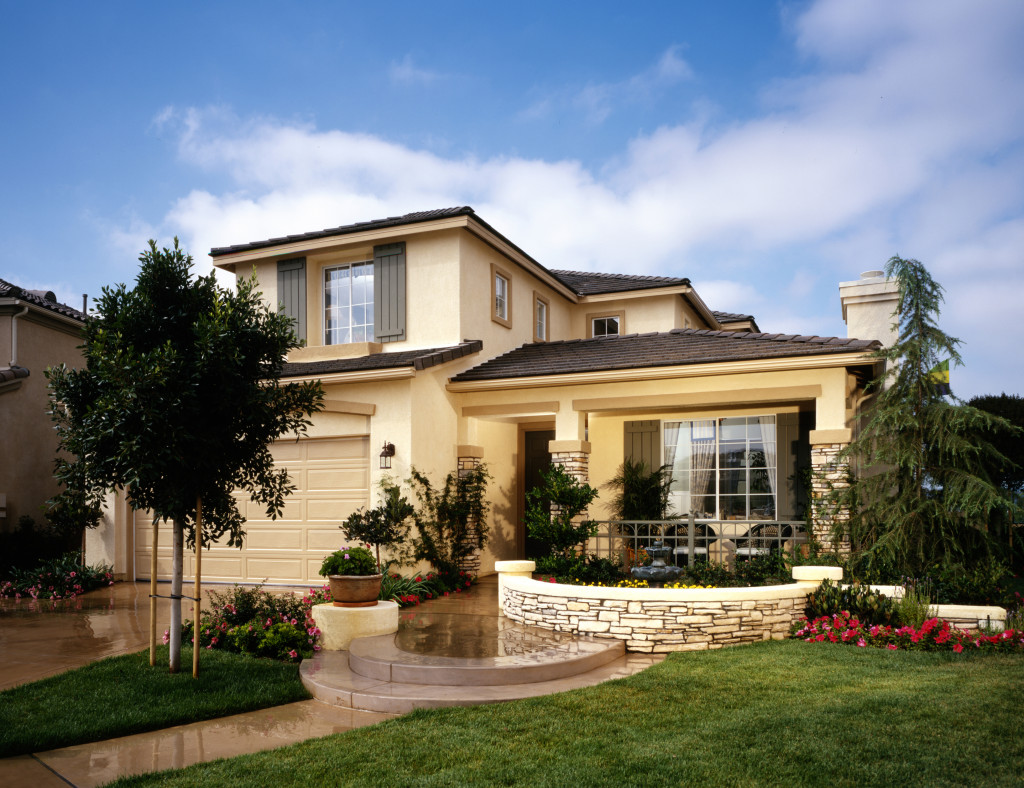- Establish a vision for the landscape design to ensure a functional and beautiful yard.
- Choose plants that are native to the area and suitable for climate and soil type.
- Install an irrigation system to meet the water requirements of plants while conserving resources.
- Maintain the yard regularly with watering, fertilizing, mowing, pruning and weeding.
- Add hardscaping features such as paths, walls, and patios.
A beautiful and healthy yard is the dream of every homeowner. Landscaping can transform your yard into an oasis, providing a relaxing space to unwind and enjoy the outdoors. However, achieving a beautiful and healthy yard can be challenging, especially if you do not have the right knowledge and tools. This guide will provide five landscaping tips to help you create a beautiful and healthy yard you can be proud of.
1. Plan Your Landscape Design
Planning your landscape design is the first step in creating a beautiful and healthy yard. A well-planned landscape design will help you make the most of your yard’s space while ensuring it is functional and beautiful. When planning your landscape design, consider the following factors: the size and shape of your yard, the style of your home, the climate in your area, and the amount of sunlight your yard receives.
Once you have a plan, you can start implementing it by creating zones in your yard. Divide your yard into areas for relaxation, entertainment, and gardening. This will make your yard more functional and easier to maintain. For instance, you can create a patio area for relaxation, a barbecue area for entertainment, and a vegetable garden for gardening.
2. Choose the Right Plants

The right plants can make a significant difference in the appearance and health of your yard. When choosing plants, consider their suitability for your climate and soil type, water requirements, and their size at maturity. Choose plants native to your area, as they are better adapted to the local climate and require less maintenance.
When planting, space your plants appropriately to allow for adequate air circulation and avoid overcrowding. Overcrowding can lead to disease, pest problems, and stunted growth.
Here are some plants to choose from for your landscape:
Trees
Trees can provide year-round beauty and shade to your yard and serve other functions like providing habitat for wildlife. Choose hardy trees that thrive in your climate and soil, such as oak, ash or maple. Plant them far enough from buildings and power lines so they don’t interfere with infrastructure when they are fully grown. Consider evergreens for winter interest or flowering trees for seasonal color.
Shrubs
An essential component of any garden design, shrubs add form and texture to the landscape. For a low hedge or border, look for dwarf varieties that won’t outgrow their space too quickly. Vines are great choices if you have an arbor or trellis to train them on. Flowering shrubs like azaleas and hydrangeas are a great way to add color and attract pollinators.
Groundcovers
Ground covers are an excellent choice for filling large spaces if you want to reduce the weeding needed. They can help prevent soil erosion and act as a mulch to retain moisture in your garden beds. Suitable options include shade-loving plants like Vinca or Pachysandra or sun-loving ones like sedums and thyme.
Perennials
Various colorful perennials are available that will come back year after year with minimal care from you. Try groupings of similar species for maximum impact. Coreopsis, coneflowers and columbines are all popular options for adding continuous blooms to your beds. Don’t forget about foliage plants like hostas and ferns for added texture. With the right combination of plants, you can create a beautiful landscape that will thrive year after year.
3. Install an Irrigation System
Investing in reliable irrigation systems is incredibly helpful for maintaining a healthy and beautiful yard. It helps to ensure that your plants receive the right amount of water at the right time, reducing water waste and the risk of over or under-watering. Many irrigation systems are available, from simple drip systems to complex automated systems. Choose one that best suits your needs and budget.
You should consider hiring a professional to install your irrigation system. A professional will have the training and knowledge to ensure your system is properly installed, saving you time and hassle. They’ll also be able to answer any questions about how the system works or what types of maintenance it requires.
4. Maintain Your Yard

Maintaining your yard is crucial to keep it healthy and beautiful. Regular maintenance tasks include watering, fertilizing, mowing, pruning, and weeding. Schedule these tasks regularly and follow best practices to avoid damaging your plants.
When mowing, ensure that your lawn mower blades are sharp and adjust the cutting height according to the type of grass in your yard. Use the right tools and techniques to avoid damaging your plants when pruning.
5. Add Hardscaping Features
Hardscaping features can add visual interest and functionality to your yard. They include elements such as paths, walls, and patios. Choose hardscaping materials that complement the style of your home and the plants in your yard.
When adding hardscaping features, follow best practices to ensure they are safe and durable. For instance, ensure that your paths and patios are level and have good drainage to avoid water accumulation.
In Closing
Following these landscaping tips, a beautiful and healthy yard is within reach. Remember to plan your landscape design, choose the right plants, install an irrigation system, maintain your yard, and add hardscaping features. Proper utilization of your irrigation system is also crucial for maintaining a healthy and sustainable yard. With the right knowledge and tools, you can create a yard that is not only beautiful but also functional and sustainable.




